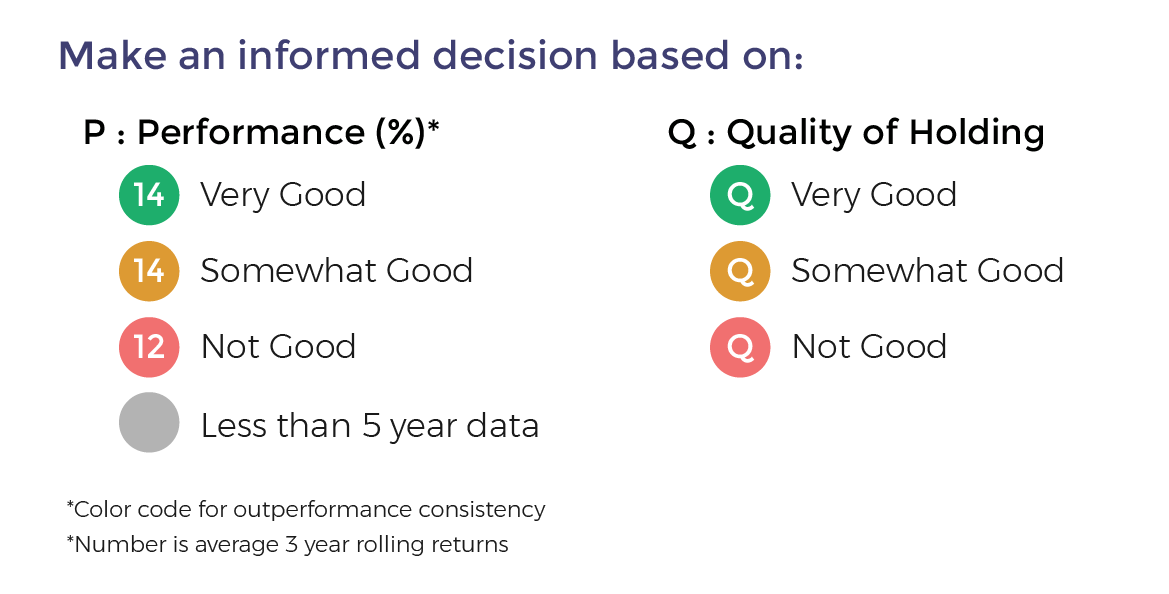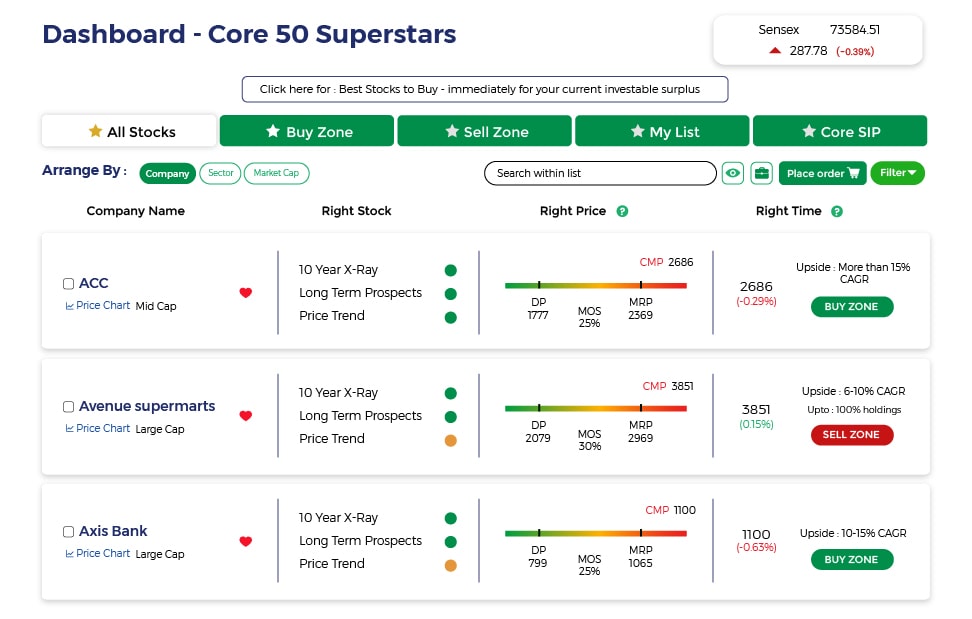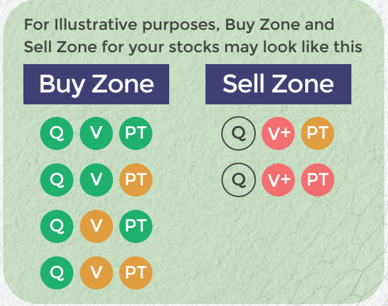An investment is made by any business to obtain returns. These returns are analyzed using Return Ratios that measure how effectively an investment is being managed. They help to evaluate if the highest possible return is being generated on an investment. For understanding this, we will try to understand key return ratios given as under-
1. ROE (Return on Equity):
ROE is considered a gauge of a corporation's profitability and how efficient it is in generating profits for its equity shareholders. The higher the ROE, the more efficient a company's management is at generating income and growth.
Formula: ?Return on Equity = Net Income / ??Average Shareholders’ Equity
The growth rate is a function of ROE and retention ratio, thus a company has to generate good ROE so as to maintain its growth. In practicality this is because to grow, one has to invest in capacities and working capital. Only when it comes from positive ROE, it is adding shareholder value else it comes at the cost of additional debt or Equity infusion.
2. ROCE (Return on Capital Employed):
This ratio can help to understand how well a company is generating profits from its capital as it is put to use. A major difference between ROE and ROCE is that ROCE also tries to capture the returns generated by debt capital.
Formula: ?ROCE = EBIT? / Capital Employed
where, Capital Employed = Total Assets - Total Current Liabilities
When you look at ROCE you look at the returns to all capital investors in the company so what's different is that instead of looking at net income you're looking at operating income. In the denominator, you need a measure of how much capital is invested in this company. Debt on the balance sheet is going to be added as well here and if you have cash and marketable securities, as it is not invested in the operations of the company it shall be reduced from the denominator.
Analysing ROCE is essential for companies having significant debt. Logically, for Debt free companies, ROCE and ROE shall be the same but this is not the case as ROCE is calculated on EBIT (Earnings before Interest & Tax) level and thus tax expense is not accounted for.
3. ROIC (Return on Invested Capital):
?Return on invested capital (ROIC) is a calculation used to assess a company's efficiency in allocating capital to profitable investments.
Formula: ROIC = NOPAT (Net operating profit after tax) / Invested Capital
The capital that a firm gets comes at a cost, such equity as well as debt cost is measured by WACC (Weighted Average Cost of Capital). For a business, only when ROIC is greater than WACC value addition is done by the company. Non-sustainability of ROIC above WACC shows poor capital allocation by the management and thus raises questions over the future viability of the business.
4. ROIIC (Return on Incremental Invested Capital):
Return on Invested Incremental Capital (ROIIC) measures the change in earnings in one period as a percentage of change in investment in the previous period.
To calculate ROIIC, divide the change in your net operating profit after tax (NOPAT) in the current period by the change in invested capital (IC) in the previous period.
When companies reach enough size, finding opportunities to invest their surplus cash at good ROIIC becomes virtually nil. Realizing this, it is self-evident to understand that for a company like ITC, where major revenues and profits come from the Cigarette business having present ROE & ROCE of 25% and 33% respectively, this business just doesn’t need any more investment and guzzles out hefty cash. There isn’t much that the management can do with it except to give it out as dividends.
Thus, ROIIC is a matrix one should look for while valuing companies with significant growth prospects as well as capital-intensive businesses where without much incremental capacity addition and by just utilizing existing capacities any incremental returns can be generated. This provides headroom for shareholder value addition. Company managers need to realize and communicate to their boards and investors that a small decline in TSR (Total Shareholder returns) is better for shareholders in the long run than a desperate attempt to maintain TSR through ill-advised acquisitions or new ventures which we call capital misallocation.







 Download APP
Download APP





















Comment Your Thoughts: